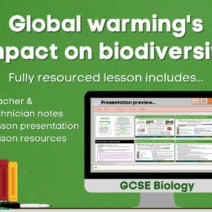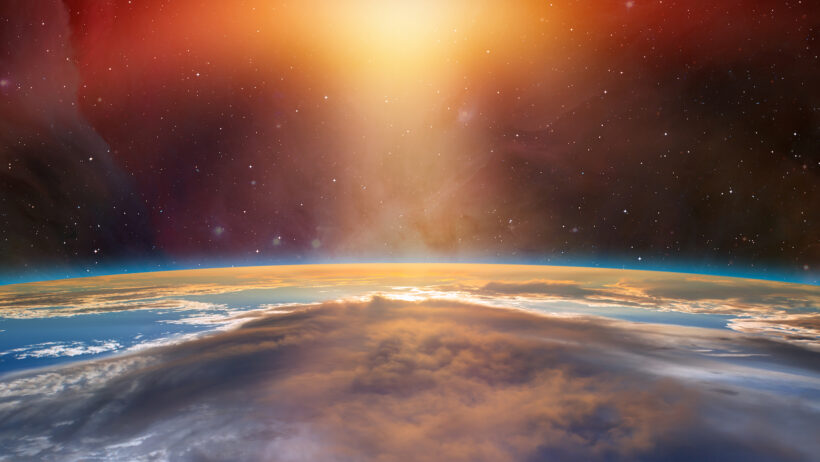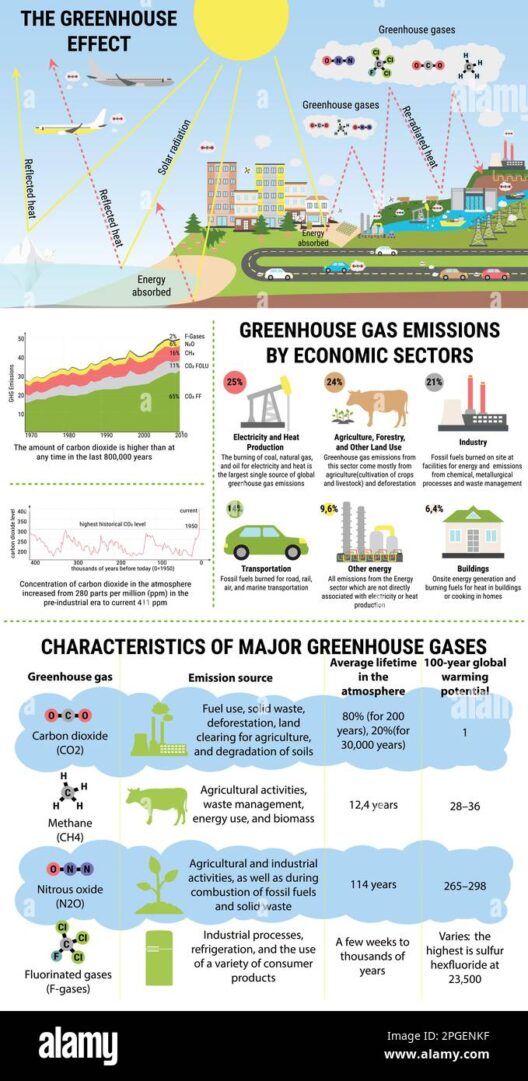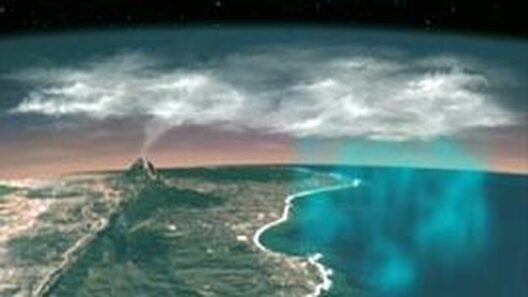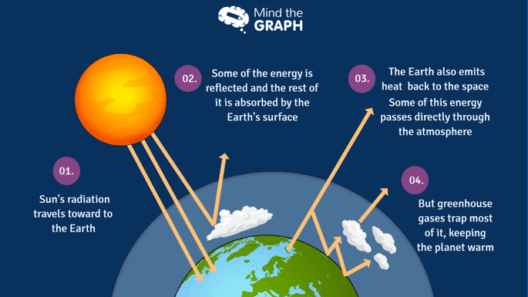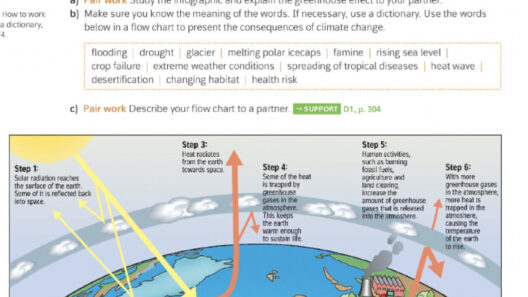Imagining a World Without Heat Retention
The greenhouse effect is a natural phenomenon that plays a crucial role in maintaining Earth’s temperature. This process involves the trapping of heat in the atmosphere by greenhouse gases, such as carbon dioxide, methane, and nitrous oxide. While these gases are often criticized for their contribution to climate change, they are essential for sustaining life as we know it. But have you ever wondered what would happen if we could wake up one day in a world without this critical heat retention? Let us delve into the profound implications of a planet bereft of the greenhouse effect.
The Consequences of Absent Heat
To understand the ramifications of eliminating the greenhouse effect, we must first examine what would occur to Earth’s temperature. Without the insulating layer of greenhouse gases, nearly all of the sun’s energy would be reflected back into space, resulting in a dramatic decline in surface temperatures.
This cooling effect would lead to extreme drops in temperature, making vast regions of the planet uninhabitable. The average temperature could plummet to an inhospitable range of -18 degrees Celsius (0 degrees Fahrenheit) or even lower. The harsh cold would obliterate ecosystems, lead to widespread species extinction, and culminate in the collapse of food webs.
Subsequently, consider the vast forests and lush landscapes that rely on a certain climate to thrive. The Arctic tundra would further expand southward, obliterating the flora and fauna that have adapted to warmer climates. Imagine the iconic polar bears without their habitat, and the lush Amazon rainforest converting into a barren desert landscape. This chilling transformation would exacerbate habitat loss, creating a cataclysmic ripple effect throughout the biosphere.
The Water Cycle Disruption
Water is a vital resource that drives life, and the greenhouse effect plays a significant role in the global water cycle. Without it, we would witness a dramatic alteration in precipitation patterns and evaporation rates.
The current cycle of evaporation and condensation, which regulates rainfall and supports agriculture, would be derailed. As temperatures drop, so would the capacity of the atmosphere to hold moisture, leading to unprecedented droughts in many regions. This phenomenon would culminate in devastating water shortages, endangering both human populations and wildlife. Rivers and lakes could freeze over, and groundwater sources may dwindle.
A significant consequence of this disruption would be the collapse of agriculture. Crops that thrive in temperate climates would succumb to freezing temperatures, creating food insecurity on an unprecedented scale. The agricultural systems that sustain billions around the globe would falter under these extreme conditions, leading to famine and social unrest. The struggle for survival would redefine human civilization.
The Altered Atmosphere
The absence of the greenhouse effect would not merely affect temperature and precipitation; it would also transform the composition of the atmosphere itself.
In a world sufficiently cold, the shift to a nitrogen-rich atmosphere would become prominent, reducing the overall quality of air. With lower temperatures, chemical reactions that require heat would slow considerably. This slowdown would lead to a decrease in oxygen production from the planet’s flora, culminating in a critical oxygen deficit over time.
The atmosphere would also struggle to support the diverse microbial life that thrives in warmer conditions. The resultant imbalance could precipitate catastrophic declines in biodiversity, with entire ecosystems collapsing due to the intricate interdependence of life forms. In this nightmare scenario, the prospect of life as we know it becomes perilously slim.
Survival and Adaptation: A Fictional Resilience
Nevertheless, in the face of such adversity, one cannot dismiss the incredible adaptability of life. Some organisms may demonstrate resilience in this inhospitable landscape. Extremophiles, organisms that thrive in extreme conditions, could emerge as survivors, hosting the potential to adapt to new and austere environmental conditions.
Evolution could take on interesting forms; perhaps cold-resistant species would dominate the terrane, spurring new ecosystems to emerge. Nonetheless, imagining a path towards survival in this altered reality comes with its own share of challenges. Despite resilience, the potential for human survival would still languish under climatic constraints. Humanity’s technological advances would be severely tested as we confront biophysical limits previously thought to be looser than granite.
Conclusion: Reflecting on Our Current Reality
Imagining a world without the greenhouse effect evokes a chilling vision, underscoring the delicate balance that sustains life on Earth. The benefits of greenhouse gases cannot be dismissed, as they form a protective blanket that keeps our planet warm enough to support diverse ecosystems. This thought experiment serves as a powerful reminder of the vital role of climate regulation in preserving the rich tapestry of life.
As stewards of this planet, recognizing the significance of maintaining our climate is no longer optional—it’s imperative. Addressing greenhouse gas emissions must be prioritized to avert the frightening landscape of a world without heat retention. In the end, the most profound reflection might be this: as long as we have time, change is within our grasp.
